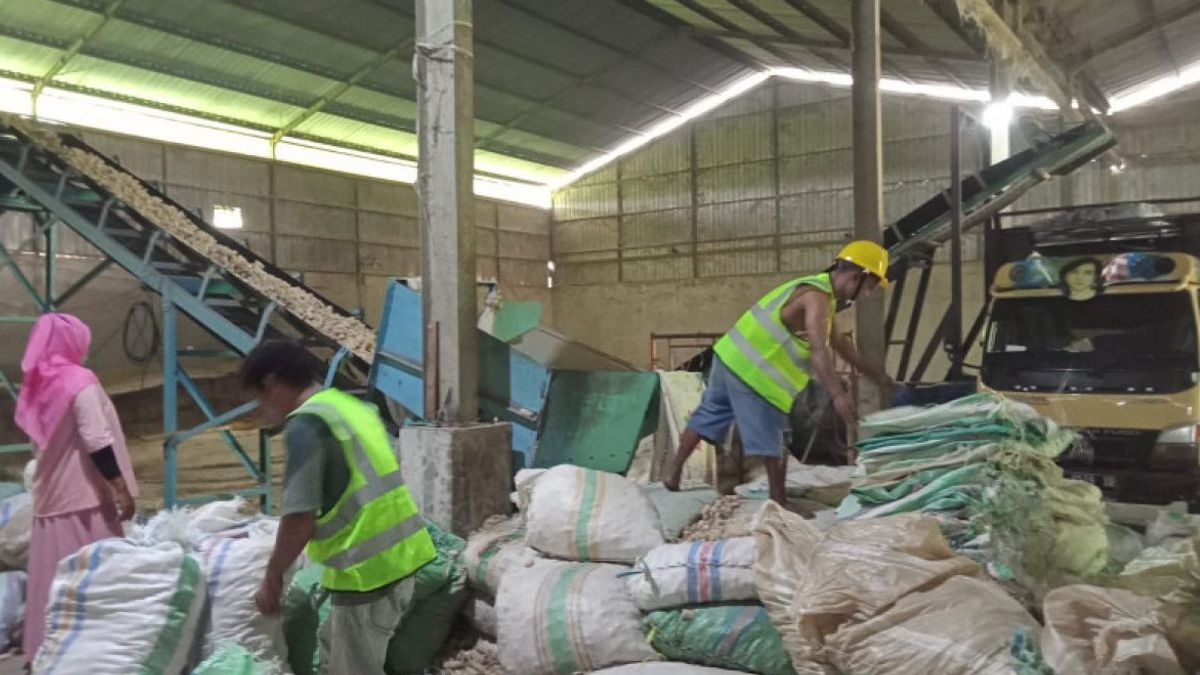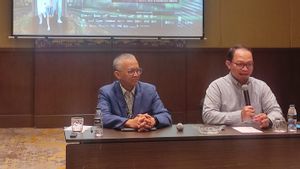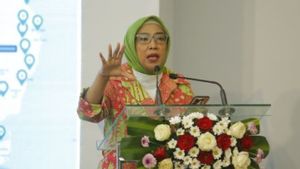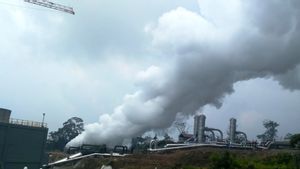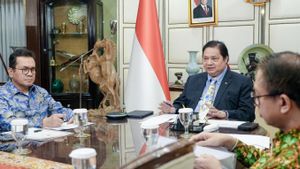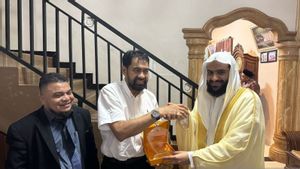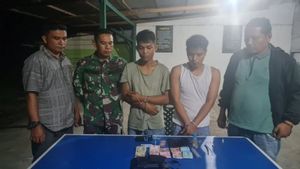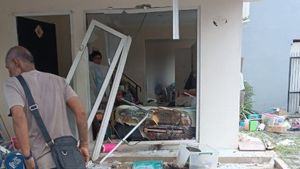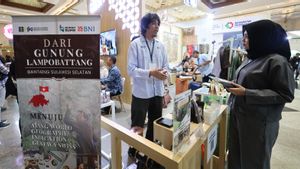PLN Nusantara Power cooperates with the Jeneponto Regency Government, South Sulawesi to work together to utilize corn produced waste into biomass materials that are used as co-firing materials at the Punagaya Steam Power Plant (PLTU).
The total need for biomass for cofiring PLTU Punagaya reaches 100 thousand tons per year.
The official of the Regent (Pj Regent) Jeneponto, Junaedi Bakri said that Jeneponto is one of the largest corn-producing areas in South Sulawesi.
With a corn planting area of 60,165 hectares and corn production in 2022 reaching 418,000 tons which has a big contribution to the national corn supply.
According to him, PLN Nusantara Power has taken the right steps in utilizing this abundant corncob waste.
"I see that there is great potential that PLN Nusantara Power can take advantage of in processing corncob waste as a biomass material. I hope that this waste can be absorbed at least 20 percent of the total corn production," explained Junaedi Bakri.
PLN Nusantara Power through PLTU Punagaya sees the potential for corn waste in Jeneponto Regency and converts it into biomass in co-firing, a method of substitution as coal fuel with corncob biomass so that it can suppress exhaust emissions.
Currently, PLN Nusantara Power has completed co-firing trials of corncobs at two Punagaya PLTU locations and Tanjung Awar-Awar PLTUs.
President Director of PLN Nusantara Power Ruly Firmansyah conveyed the company's policy of encouraging Net Zero Emission (NZE) in 2060.
According to him, in addition to the expansion of new renewable energy-based power plants (EBT), PLN NP also applies co-firing at 25 PLTUs in Indonesia.
"PLN NP is currently successfully implementing co-firing in 25 existing PLTUs. In 2023 we have produced 525.62 GWh of green energy from co-firing or equivalent to reducing carbon emissions by 533,291.79MT," Ruly explained.
Not only has a positive impact on improving environmental quality, but the co-firing implemented by PLN Nusantara Power also plays a role in moving the wheels of economy and MSMEs of residents around the PLTU.
"In addition to contributing positively to the environment, this co-firing method is also the result of the supply of MSMEs from local residents so that this program also raises the economic level of the people of ring 1," added Ruly.
SEE ALSO:
Co-firing is a substitute technique in the combustion of Steam Power Plants (PLTU), where some of the coal used as fuel is partially replaced with other materials, which in this context is biomass.
Not only can it reduce the gradual use of fossil fuels, but co-firing can also be a solution to waste problems while at the same time driving the economy considering that one of the co-firing fuels can come from solid Jumputan Fuel (BBJP), corn waste, sawdust, and palm oil shells.
The English, Chinese, Japanese, Arabic, and French versions are automatically generated by the AI. So there may still be inaccuracies in translating, please always see Indonesian as our main language. (system supported by DigitalSiber.id)
